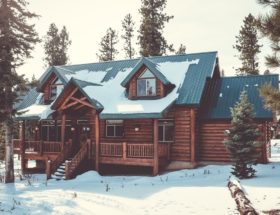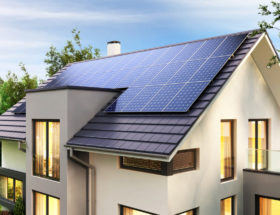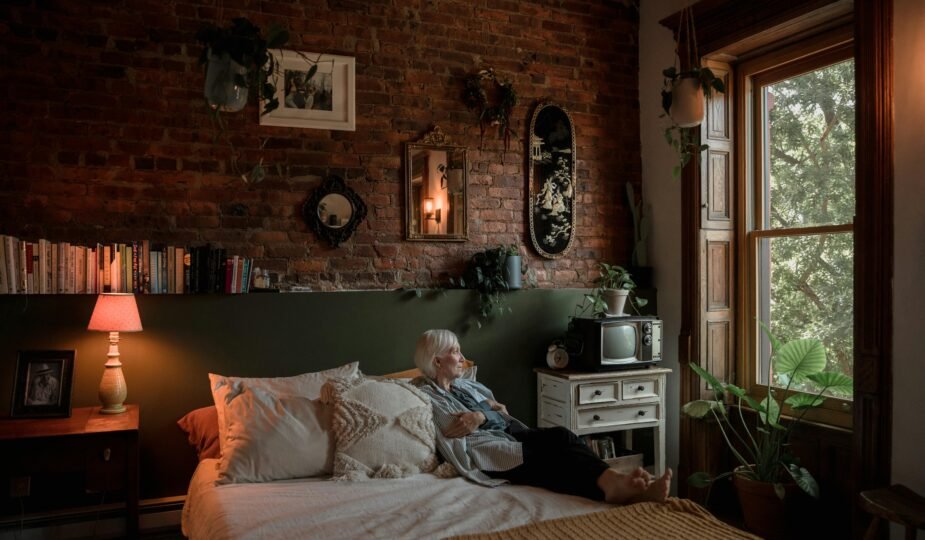
How to Make a Home Safe for Your Aging Parent
Creating a secure, comfortable environment for aging parents at home is a priority that demands attention and careful planning. As our loved ones enter their golden years, their home should evolve to meet their shifting needs, ensuring their safety and preserving their autonomy. This transition involves more than just minor adjustments; it requires a thoughtful approach to redesigning living spaces to mitigate risks without sacrificing the warmth and familiarity of home. In this blog, we’ll talk about how to do this, so be sure to read until the end.
Conducting a Home Safety Assessment
A thorough home safety assessment is critical in pinpointing specific areas that pose risks to seniors. This evaluation should cover every nook and cranny of the residence, from stairways and bathrooms to bedrooms and living areas. It’s about spotting issues like loose carpets, inadequate lighting, or the need for additional support structures to prevent falls.
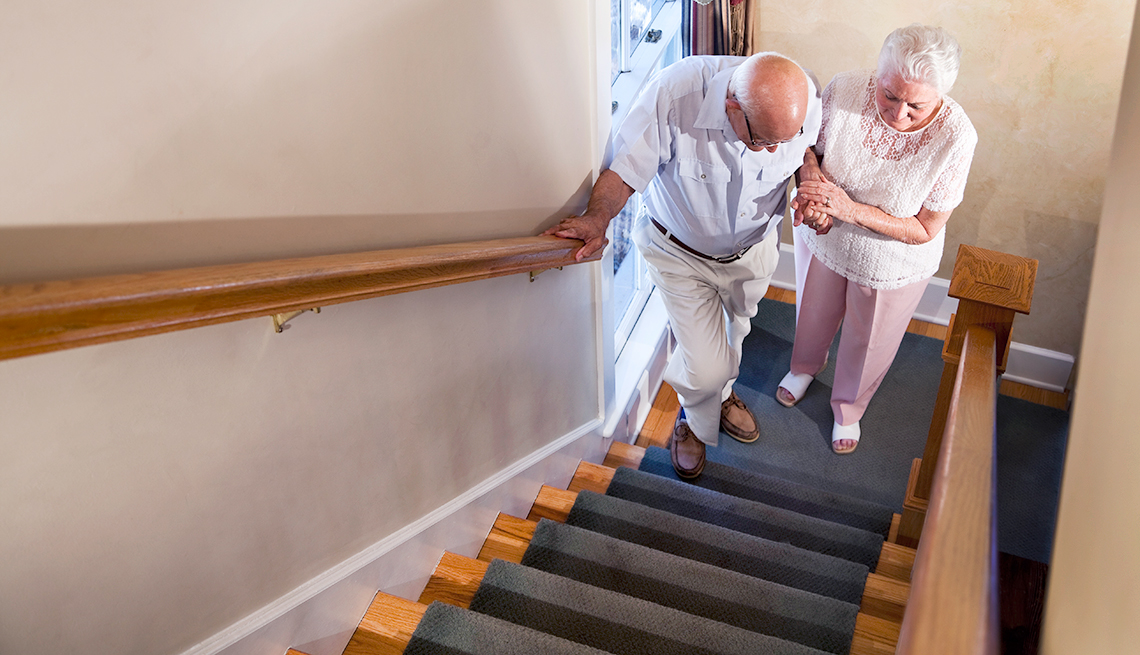
Addressing Bathroom Safety
The bathroom can pose significant risks for seniors, with slips and falls being common occurrences. To mitigate these hazards, it may be beneficial to seek assistance from a specialized bathroom remodeling company. They can install features like walk-in tubs, shower seats, and strategically placed grab bars to provide added support and safety. These adjustments not only reduce the risk of accidents but also empower seniors to maintain their independence in daily personal care tasks. Before proceeding, it’s essential to consider the average custom bathroom remodeling cost in your city and compare quotes from different services to ensure you make a well-informed decision.
Adding Proper Lighting Throughout the Home
Aging eyes require more light to see clearly, making proper lighting a critical aspect of home safety for seniors. This might mean installing brighter, more energy-efficient bulbs and adding extra light sources in key areas. Motion-sensor lights are particularly beneficial as they automatically illuminate paths at night, reducing the risk of accidents.
Simplifying Home Layout
Streamlining the home layout plays a vital role in creating a safe environment for aging parents. This involves removing clutter, rearranging furniture to clear pathways, and eliminating tripping hazards. The goal is to create open, accessible spaces that allow for easy navigation and access to essential items.
Upgrading Flooring to Prevent Falls
Flooring plays a pivotal role in preventing slips and falls. Opt for materials that offer stability and grip, such as carpet or anti-slip vinyl. Remove loose rugs or secure them with non-slip pads. The goal is to create a seamless, hazard-free surface that supports safe ambulation throughout the home.
Installing Handrails and Grab Bars
Strategically placed handrails and grab bars offer support and stability in crucial areas, notably near stairs, in hallways, and in the bathroom. These aids are indispensable for preventing falls, helping seniors maintain balance as they move around their homes. Installation should focus on areas where seniors are most vulnerable, ensuring they have the support they need, exactly where they need it. To enhance safety further, consider using materials with non-slip surfaces for these installations. Regular inspection and maintenance of these fixtures are also necessary to ensure their reliability over time.
Making the Kitchen Accessible
Adapting the kitchen to meet the needs of aging individuals can significantly enhance their daily lives. Consider lowering countertops and cabinets for easy access, and equip the space with ergonomic tools that simplify cooking tasks. The aim is to foster an environment where seniors can safely enjoy preparing meals without the strain or risk associated with standard kitchen setups. Additionally, installing automatic lighting can improve visibility and reduce the risk of accidents. Providing seats or stools in the kitchen can also offer seniors the option to rest while cooking or preparing meals.
Adapting Entryways and Exits
Make sure that entrances and exits are not only accessible but also equipped with features that facilitate easy movement. Ramps for steps, sturdy railings, and sufficient lighting are essential modifications that accommodate mobility aids and reduce the risk of falls. These adjustments provide seniors with the confidence to enter and exit their homes safely. Furthermore, non-slip flooring at entry points can prevent slips during wet conditions. Door levers instead of knobs can also make doors easier to open for those with limited hand strength.
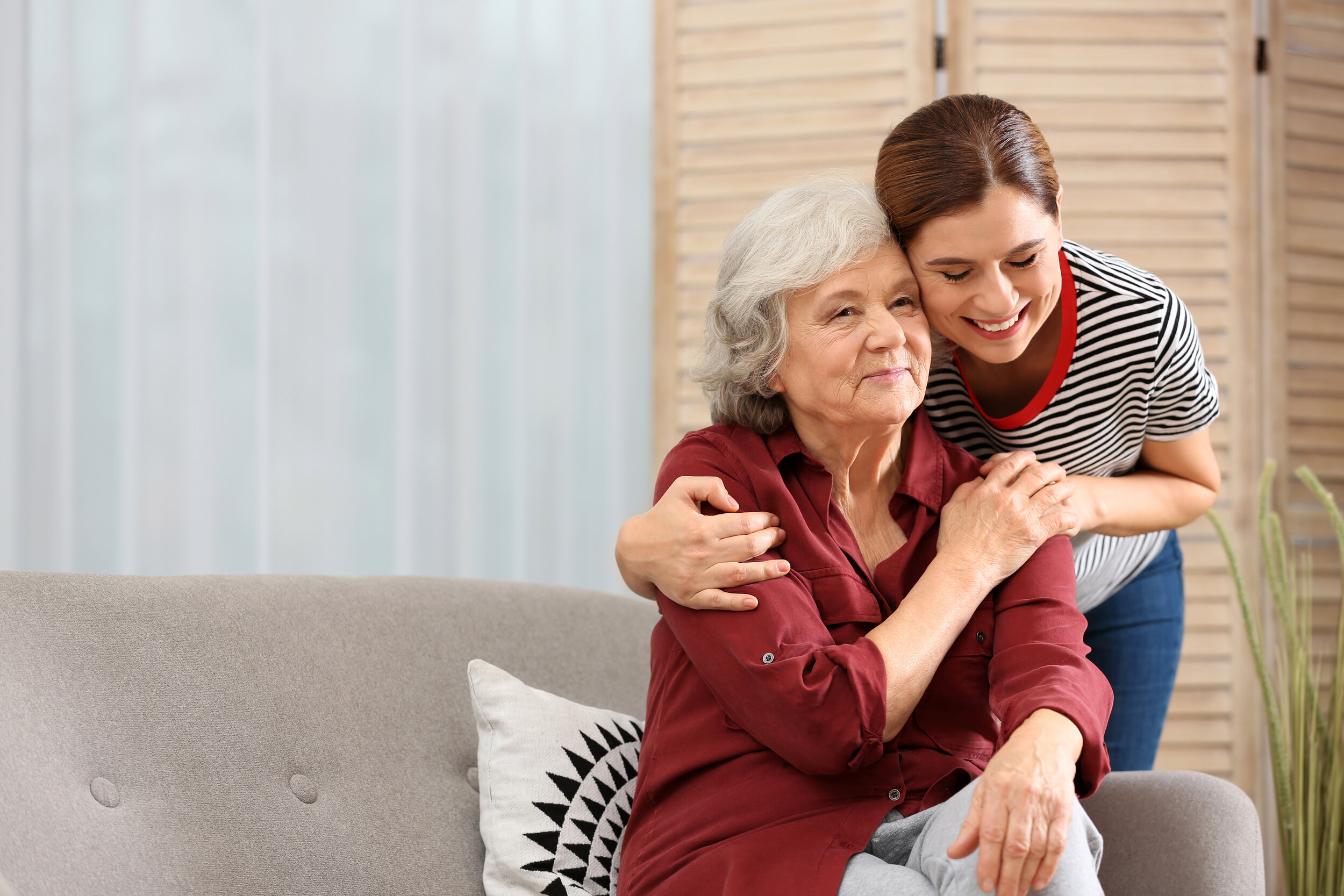
Leveraging Technology for Safety
Modern technology offers a range of solutions to enhance the safety of seniors at home. Medical alert systems, automatic shut-off mechanisms for appliances, and doorbell cameras contribute to a secure environment. These tools can help seniors live more independently, providing peace of mind to both them and their families. Voice-activated devices can also aid in controlling home features without physical strain. Smart thermostats can ensure a comfortable and safe home temperature without the need for manual adjustments.
Preparing for Emergencies
An effective emergency plan is a cornerstone of home safety. Ensure that seniors are familiar with escape routes and that emergency numbers are readily accessible. Regular drills and clear, simple instructions can be lifesavers in critical situations, highlighting the importance of preparedness. Additionally, keeping a list of medications and medical history easily accessible can be crucial in an emergency. Installing a key lockbox outside the home can also allow emergency responders to gain entry if needed.
Regular Maintenance and Safety Checks
Ongoing maintenance and periodic safety evaluations are crucial to identify and rectify potential hazards. From checking smoke detectors to securing loose handrails, a proactive approach to maintenance ensures that safety measures remain effective and that the home continues to be a secure environment for aging residents. It’s also beneficial to have a trusted professional or family member conduct these checks to ensure nothing is overlooked. Keeping a maintenance checklist can help track tasks and ensure that all safety features are in top condition.
Conclusion
Transforming a home to suit the needs of aging parents is a testament to the commitment to their safety and independence. By implementing the measures discussed, families can create a living space that not only minimizes risks but also supports the autonomy of their loved ones. These efforts reflect a deep understanding of the challenges that come with aging and a dedication to ensuring that home remains a place of comfort, security, and dignity.


